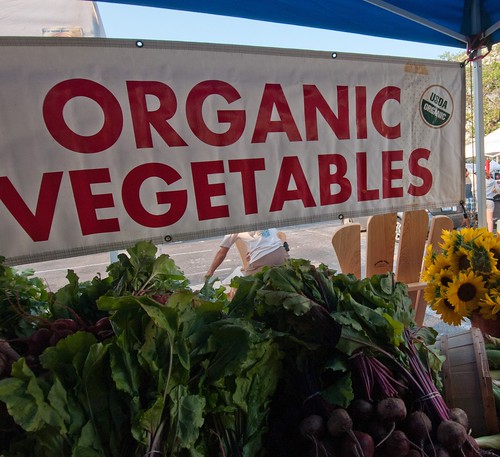
We often talk about the many ways research and promotion (R&P) programs benefit both ag industries and the consumer. Our nation’s farmers and ranchers leverage these programs and the pooled resources they collect to help overcome marketing barriers and connect with consumers. R&P programs are self-help initiatives that are national in scope and funded by the industry to help these businesses continue to strengthen their rural economies and the communities they support.
To form a new R&P, there are specific steps that the industry and USDA follow:
STEP 1: A proponent submits a proposal to USDA’s Agricultural Marketing Service (AMS), which oversees all national R&P programs. The proposal typically includes an analysis of the industry, the program’s objective, and its potential impact on small businesses. While there are specific requirements needed for a proposal, the proponent can tailor the proposed program to best meet a specific industry’s needs. For example, some proposals include different eligibility requirements to vote in their referendums or an exemption for small producers, handlers and importers.
STEP 2: USDA publishes the proposal in the Federal Register, soliciting public comments so that prevailing industry thoughts are incorporated into the final program. This is important because these programs will use pooled resources from across the industry to invest in creative marketing campaigns and innovative research projects that will support all of the industry’s growers, handlers, processors, manufacturers and importers.
STEP 3: After the comment period ends, USDA reviews and analyzes the comments to determine whether the program has merit to move forward.
STEP 3a: If a review of comments shows general consensus or agreement among the industry stakeholders, USDA moves forward with the proposal and a second proposed rule is published in the Federal Register to announce a referendum so the industry can vote on the rule.
STEP 3b: If a review of the public comments suggests that a proposal needs to be re-evaluated, there are two options: 1) if the comments suggest a need to adjust parts of the proposal, a supplemental proposed rule can be published to modify parts of the proposal and request that the industry provides further comments; 2) the proposal is terminated.
STEP 4: USDA conducts a referendum, allowing eligible parties to vote on whether or not the measure is approved.
STEP 5: If the referendum is approved by the eligible voters within the industry, USDA issues a final rule implementing the program. For proposals that request a delayed referendum, the program will be announced as a final rule with a referendum to be held at a later date.
STEP 6: Nominations from the industry are collected and a board is appointed by the Secretary of Agriculture to represent the interests of the entire industry. USDA seeks nominations from the industry for board members and alternates.
These steps are intended to help the farmers and businesses establish a framework that will work across an entire industry and make the broadest positive impact for everyone involved. Industry research and promotion programs have played an important role in shaping the agricultural landscape and yielding positive results for farmers and businesses throughout the country.
For example, when research supports adding lean pork to the Dietary Approaches to Stop Hypertension – or DASH – eating plan, it helps consumers create healthy menus to meet their nutritional needs and it helps pork producers connect with a larger consumer base. And an August 2014 economic analysis found a return on investment (ROI) of $8.87 for every dollar the peanut industry invested into the National Peanut Board activities over the last 5 years. These are just a couple of ways that research and promotion programs are making a positive contribution for our nation’s agricultural businesses.
USDA is committed to supporting these industry-driven programs, and ensuring that they address the needs and help meet the challenges faced by today’s farmers and agricultural businesses.


